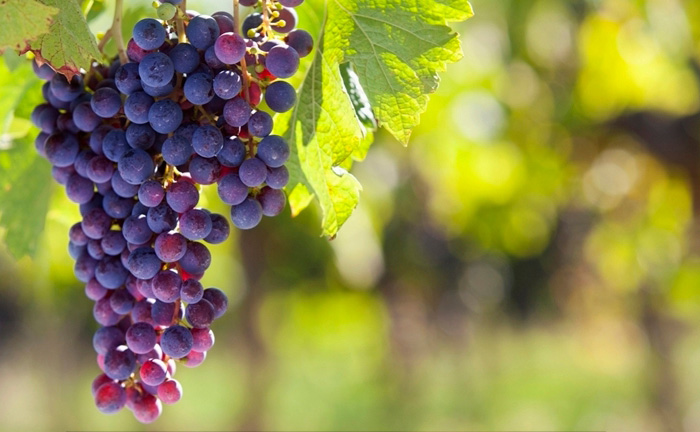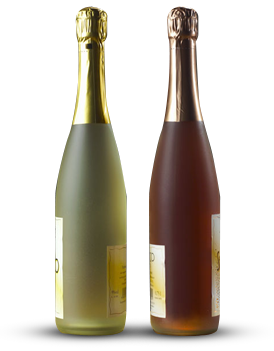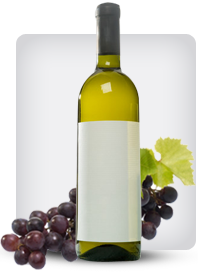

Tag: Spanish
Spanish Rioja Gran Reserva Aging Guide
Posted onRioja Gran Reserva is one of Spain’s most prestigious wines, renowned for its complexity, depth, and exceptional aging potential. Produced only in exceptional vintages, these wines undergo extended aging in oak barrels and bottles before release. Understanding the aging process is key to appreciating their full potential.
What Makes Rioja Gran Reserva Unique?
Gran Reserva wines are the pinnacle of Rioja’s classification system. By law, they must be aged for a minimum of two years in oak barrels and three years in the bottle before release—though many top producers age them even longer. This extended maturation softens tannins, integrates flavors, and develops tertiary aromas like leather, tobacco, and spice.
Optimal Aging Conditions
- Temperature: Store at 12–16°C (55–60°F) to avoid premature oxidation or stunted development.
- Humidity: Maintain 60–70% humidity to keep corks from drying out.
- Darkness: Protect from UV light, which can degrade wine over time.
- Stability: Avoid vibrations and temperature fluctuations.
How Long Can You Age Rioja Gran Reserva?
While Gran Reservas are released ready to drink, they can evolve beautifully for decades:
- 10–15 years: Peak maturity for most Gran Reservas, with balanced fruit and oak.
- 15–25 years: Tertiary notes dominate, offering dried fruit, truffle, and forest floor complexity.
- 25+ years: Only the finest vintages (e.g., 1964, 1970, 2001) continue improving, becoming ethereal and silky.
Signs of a Well-Aged Gran Reserva
A properly aged Rioja Gran Reserva should display:
- Color: Garnet with brick-orange rim (indicates maturity).
- Aroma: Layered scents of red fruit, vanilla, cedar, and earthy undertones.
- Palate: Velvety tannins, balanced acidity, and a long, evolving finish.
Final Tips for Collectors
To maximize your Gran Reserva’s potential:
- Purchase from reputable producers (e.g., López de Heredia, CVNE, La Rioja Alta).
- Track vintage reports—exceptional years (e.g., 2004, 2010, 2015) age best.
- Decant older bottles (20+ years) for sediment separation and aeration.
With patience and proper storage, Rioja Gran Reserva can offer one of the most rewarding aging experiences in the wine world.
Spanish Wine – Rioja
Posted onIn the competitive wine market, Spanish wines offer both quality and values. Its red wines are intense and fruity, while its white and rosé wines enjoy the crispness, refreshing acidity and minerals that are characterful.
Of the many and confusing wine producing regions, Rioja DOC- DOC is a quality wine classification – made its fame long before all other regions in the modern days. At any wine store with Spanish wines, you would be able to spot at least a few Riojas.
What makes it the first love for many wine drinkers when it comes to Spanish red wines?
Is it its fruit aromas? Is it the successful marketing campaign worldwide? Is it the quality of the wine? The answer is yes. It is the combined factors that bring out the result benefiting both the Rioja trade and the wine lovers everywhere.
Rioja is more known for its red than white wines. After all, more than 75% of its production is red wine. The rest of the Rioja wines are rosés and white wines. One of the current trends is to make single vineyard Rioja from Tempranillo grape, the number one red grape in Spain.
Tempranillo in Spanish means “the little early one”, indicating its early-ripen quality in the vineyard. Because it ripens early in the hot climate, the grape naturally contains higher amount of sugar, which with fermentation becomes higher alcohol. All great wines begin in the vineyard. In superior winemaking of lesser cellar manipulation, the individual characteristics of the grape determine the style and quality of the wine. Thus the knowledge of the wine grape becomes very helpful for a wine lover. The other red wine grapes for Rioja are Garnacha (Grenache in French), Mazuelo and Graciano.
The modern Rioja expressions are the strawberry (from Tempranillo), a jammy quality, some vanilla, good concentration. The interplay of high alcohol and abundant fruit on the palate creates the impression of sweetness, but this is definitely not a sweet wine. Depending on the aging time in the oak, Riojas could be Crianza, Reserva or Gran Reserva. With the aged wines, the aroma and flavor would naturally start to include savory, meaty notes, in addition to the youthful fruit.
Does all the wine talk make you thirsty? If you have not tried any Spanish wine, it is time to get up and close with it, starting with a Rioja.
Related Syrah Wine Articles
Spanish Wines (Rioja Wines)
Posted onSpain stands out as the third largest producer of wine after France and Italy. The Northeastern part of Spain that is the Rioja Region produces one of the best Spanish wines. This is divided into three geographical zones that happen to be Rioja Alta, Rioja Baja, and Rioja Alavesa. Each zone has its own unique flavor of grapes. The climate and quality in the soil in each of these three subzones influences the category and also the character of its grapes. Rioja wine is made with a blend of grapes from different subzones. Tempranillo grapes are the commonest form of grapes which are made with Rioja wines.
This is what gives its distinguishable flavor. Tempranillo grapes are combined with Grenache grapes or Mazeulo grapes. Grenache doesn’t have that fruity taste and its alcohol content is higher. Rioja Wines are available in three classifications and they are the Crianza, Reserva and the Gran Reserva. Crianza is probably the most affordable one and is viewed as table wine. What they typically do is age this for only a year inside the oak barrel and another year in the bottle. You could get this for five or ten US dollars. Now, let us talk about Reserva. This is aged at least one year inside the barrel and two years inside the bottle. This will amount to around eleven to fifteen US dollars. Aging for the Gran Reserva is completed with all the wine staying in the barrel for two years then in the bottle for 3 years.
This generally is a bit pricey. Unfortunately the Gran Reserva is not offered every year. It is much better that you retain several bottles for special occasions. Rioja wine is often the Spanish version of the Italian Chianti. This sort of wine is best-known for its unique flavor. Now, the Rioja wine is considered one of the most well-liked wines in the world.
popular posts
-

Aging Potential of Premium Pinot Noir: Unlocking the Elegance of Time Among the world’s noble grape varieties, Pinot Noir holds a unique and almost mythical status
12-30 2025Celebrated for its ethereal aromatics, silky texture, and captivating expression of *terroir*, it is often considered the most transparent conduit from vineyard to glass. Read More
-

Food Pairing with Full-Bodied Cabernet Sauvignon Few wines command a table with the authority of a full-bodied Cabernet Sauvignon
12-29 2025With its deep, inky color and powerful structure built on robust tannins, dark fruit flavors, and often a hint of oak, it’s a wine Read More

